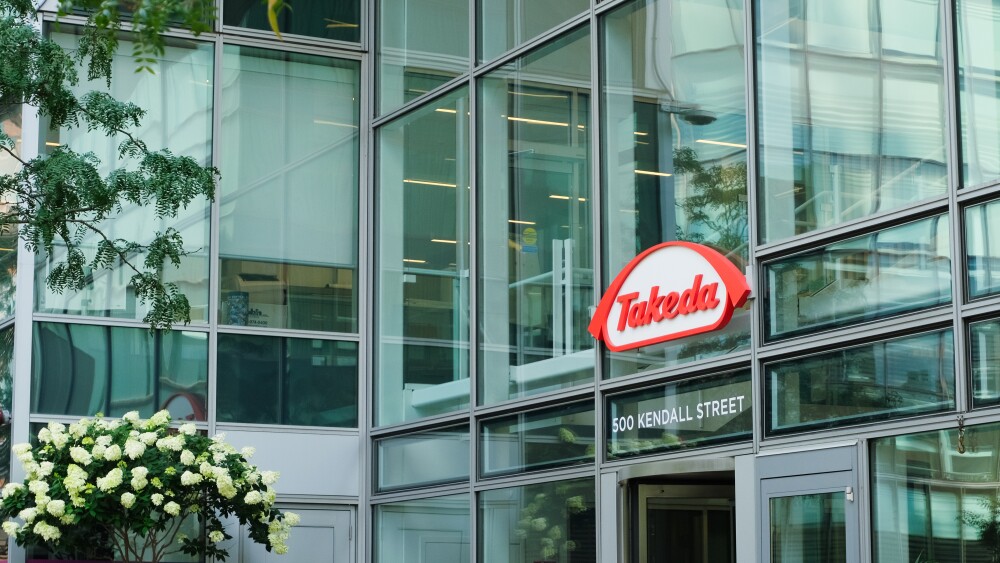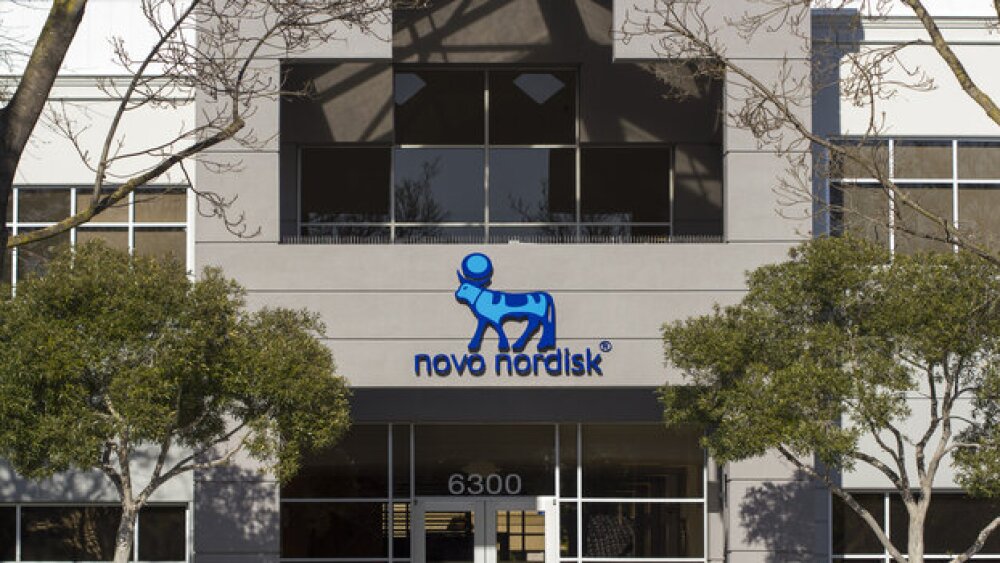Prior to this raise, according to Crunchbase, the company had raised $114 million.
San Diego-based BioAtla closed on a Series D financing round worth $72.5 million. The round was led by Soleus Capital and joined by new investors including HBM Healthcare Investments as co-lead, Cormorant Asset Management, Farallon Capital, Pappas Capital, funds managed by Janus Henderson, Boxer Capital, and one institutional investor. The venture capital arm of Pfizer, Pfizer Ventures, who is a current investor, also participated.
The company is working on developing its Conditionally Active Biologic (CAB) antibody therapeutics. These are proteins created using the company’s technology platform. The proteins have a broad range of activity, and can be monoclonal antibodies, enzymes, or other proteins that act on changes in physiological conditions like pH, pressure, temperature, and others, inside and outside cells.
“This funding provided by this group of highly respected investors strongly supports the execution of BioAtla’s current and future product and strategic plans,” said Jay M. Short, chairman and chief executive officer of BioAtla. “The proceeds of this financing greatly enhance our ability to design, implement, and execute clinical programs evolving from our CAB platform that uniquely yields tumor-targeting antibodies with the potential for an enhance benefit risk profile.”
The company is planning Phase II trials in cancer for BA3011 and BA3021, as well as advancing BA3071 into the clinic. “In addition,” Scott Smith, president of BioAtla said, “we are pursuing development of several T cell-recruiting CAB-bispecific candidates.”
The company has been very active in partnering in the last year or so. In April 2019, the company signed a deal with Beijing-based BeiGene for the development, manufacturing and commercialization of BA3071. BA3071 is an investigational CAB CTLA-4 antibody designed to be conditionally activated in the tumor microenvironment to decrease systemic toxicity and allow safer combinations with checkpoint inhibitors like BeiGene’s investigational anti-PD-1 antibody, tislelizumab.
Under the terms of the deal, BioAtla is co-developing the antibody and then BeiGene will lead their joint efforts to develop it and handle global regulatory filings and commercialization. BeiGene will hold a co-exclusive license to develop and manufacture the product candidate around the world and an exclusive license to commercialize it globally.
BeiGene paid BioAtla $20 million up front and BioAtla is eligible for up to $249 million in various milestones, as well as tiered royalties on sales in the BeiGene territory.
Around the same time, Himalaya Therapeutics SEZC, a Cayman Island corporation and majority owned subsidiary of BioAtla, announced it had the exclusive license from BioAtla to develop and commercialize several product candidates for the Greater China market of the PRC, Hong Kong, Macau and Taiwan. The Himalaya portfolio includes two CAB candidates, CAB-AXL-ADC and CAB-ROR2-ADC, both of which were at that time in Phase I/II clinical trials in the U.S.
Prior to this raise, according to Crunchbase, the company had raised $114 million.
Research has demonstrated that tumors create very specific conditions around them, what is called the tumor microenvironment. For the most part, this is the result of unique glycolytic metabolism, called the Warburg Effect in aerobic cancer cells. What this basically means is cancer cells rewire their environment and metabolism in order to promote their growth, survival and proliferation. The most common feature is a change in metabolism that increases the uptake of glucose and the fermentation of glucose to lactate.
BioAtla’s CAB proteins are designed to deliver whatever their payload is or to recruit an immune response in specific locations and conditions inside the body and to only be active in the presence of a specific cellular microenvironment. It is also designed to be switched on or off if the CAB moves from a diseased microenvironment to a normal microenvironment, or vice versa.





